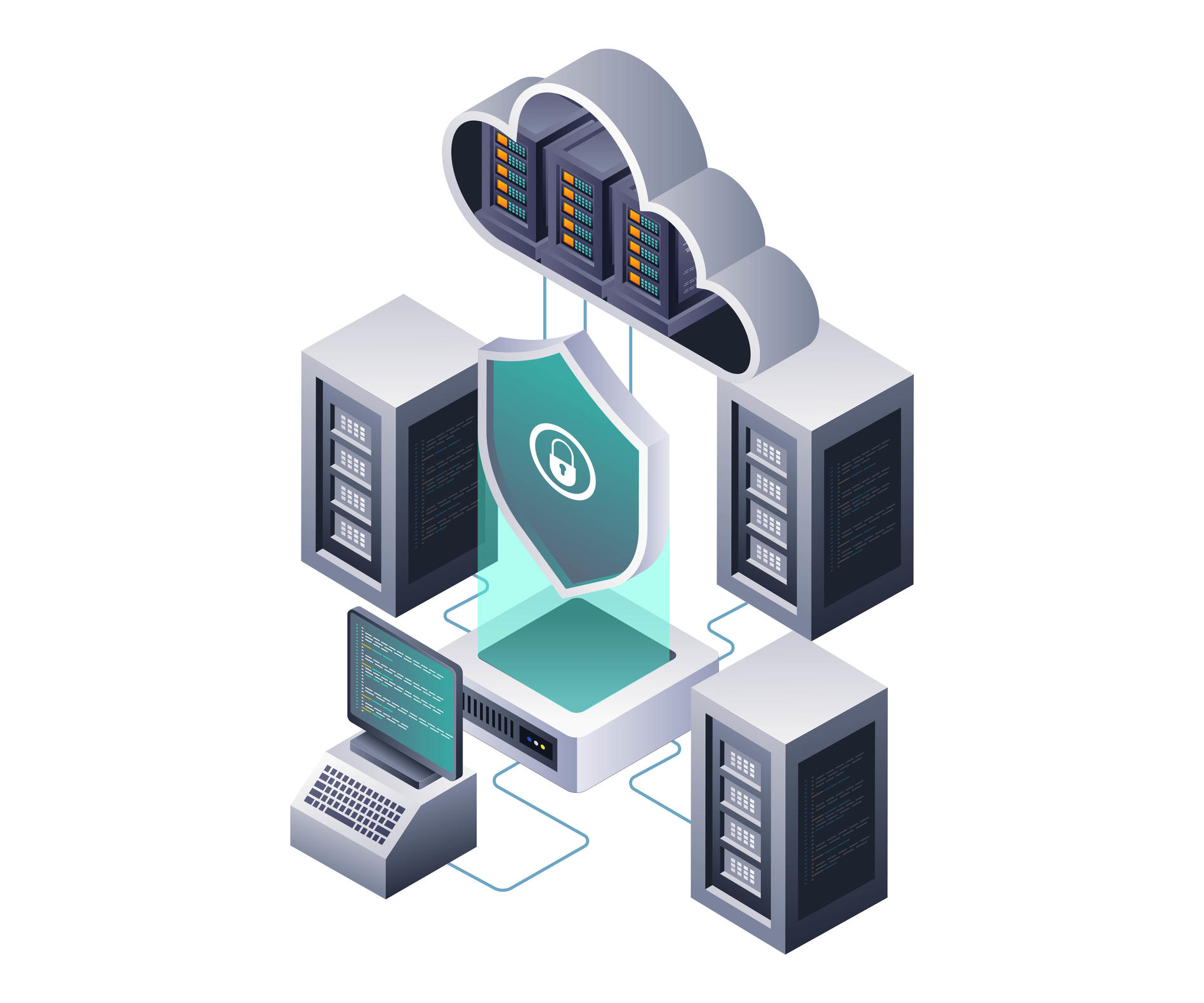Migrating to a cloud SFTP Server
Migrating to a cloud SFTP Server
Traditional on-premises SFTP (Secure File Transfer Protocol) servers have served businesses well for years, but the cloud offers significant benefits that make it an attractive option. Migrating to a cloud SFTP server provides enhanced security, scalability, and ease of management.
Benefits of migrating a cloud SFTP server?
- Cost effective Traditional SFTP servers require significant capital investments and IT resources to setup and maintain the infrastructure. With a cloud SFTP server, businesses only pay for what they use, eliminating the need for expensive infrastructure and reducing ongoing maintenance costs.
- Scalability As your data transfer needs increase—whether in size or frequency—the cloud infrastructure can scale up quickly, without the need for costly upgrades or downtime.
- Security Our solution allow business to easily monitor usage, permissions and access full audit-trial.

Assessing your current file transfer needs
Before migrating, it helps to assess your existing file transfer infrastructure.
- Volume: How many files do you transfer daily? What is the average size of these files?
- Users: Who needs access to the SFTP server, and what levels of permissions do they require?
- Protocols: What file transfer protocols are you currently using? Do you need to support multiple protocols like FTP, FTPS, or SFTP?
- Security Requirements: What are your organization’s security policies, and how do they apply to file transfers?
Migrating to a cloud SFTP Server
A self-hosted SFTP solution allows you to run your own SFTP server either on-premises or in a cloud environment that you fully control. WHich helps when dealing with highly sensitive data or strict security requirements, self-hosting allows for full control over your security measures, including encryption, access controls, and network protections.
With our managed solutions, we take care of all maintenance and scaling of your server in the cloud. Making sure the system is secure, reliable and scales depending on usage. This approach requires no technical knowledge and virtually no ongoing maintenance at competitive prices.
Best practices for a smooth migration
- Start small: Begin with a pilot program or migrate non-critical files first to test the system before going all-in.
- Read through the provided documentation and use-case before migrating production workloads.
- When in doubt, contact us through our support channels.